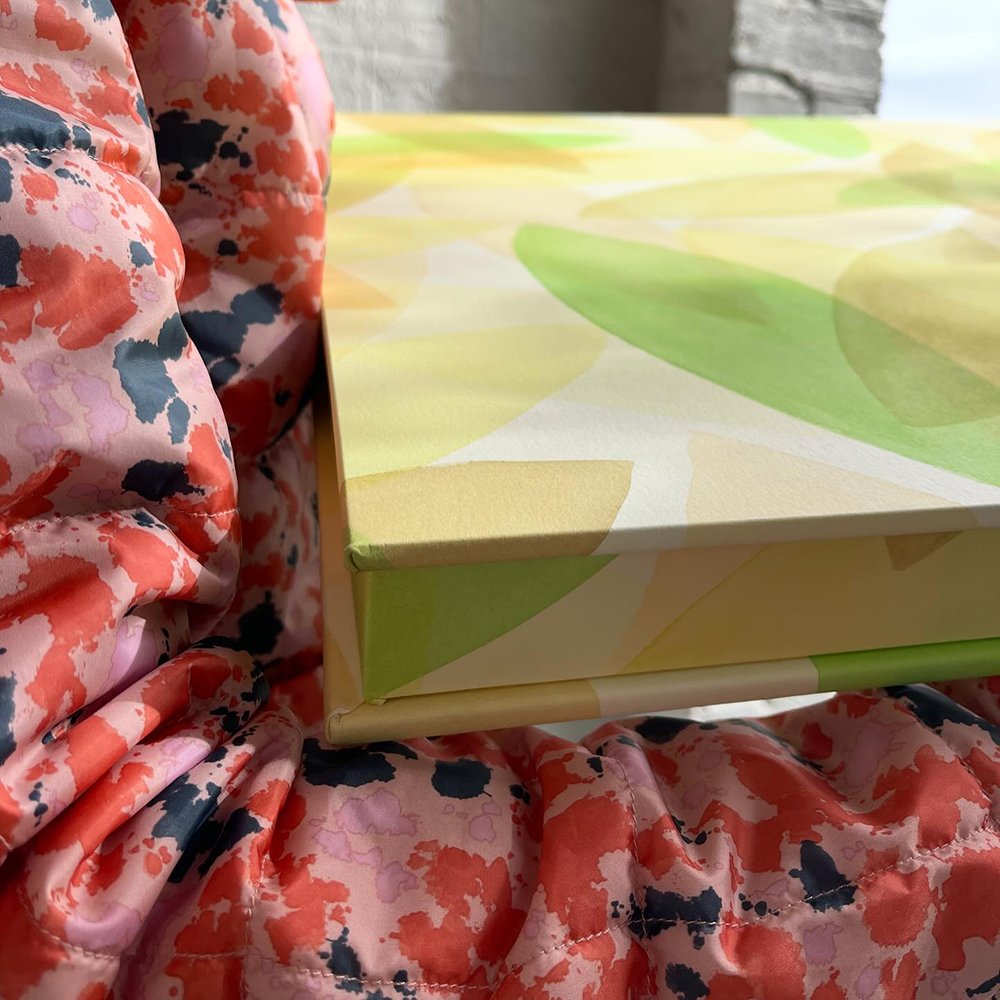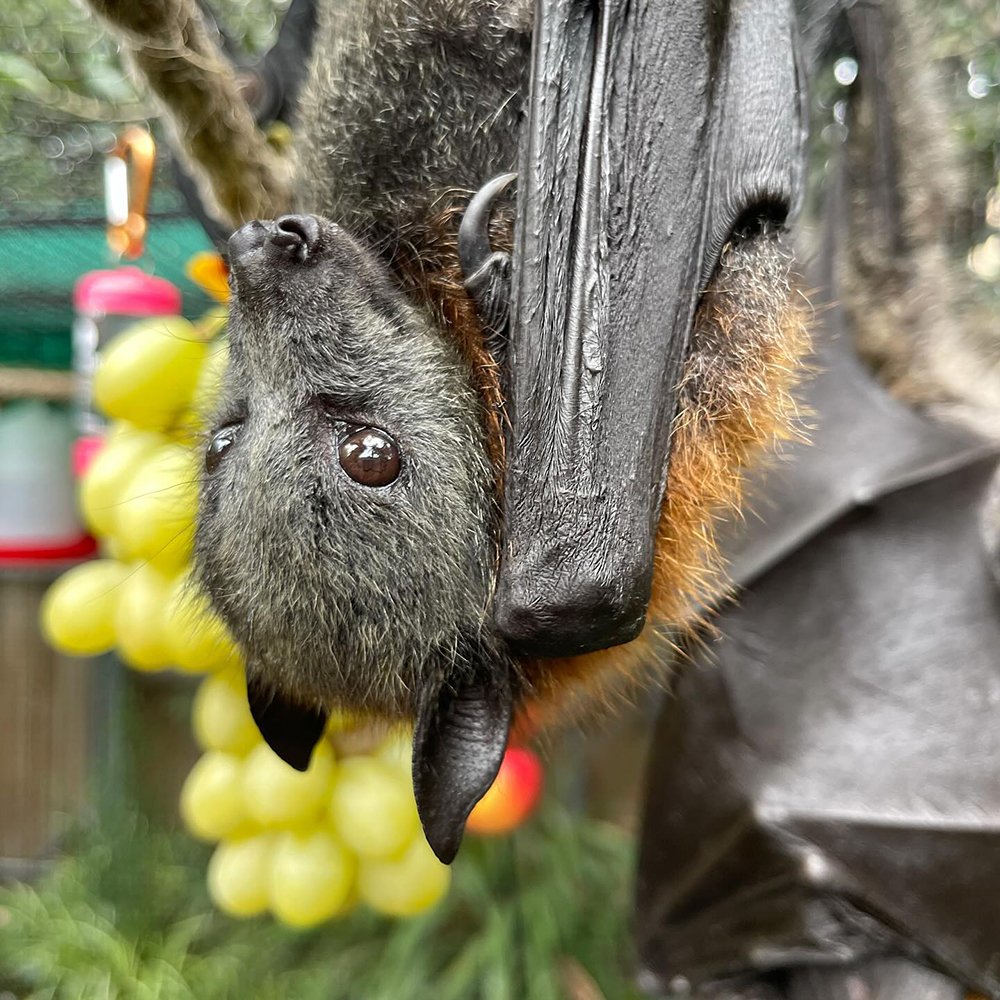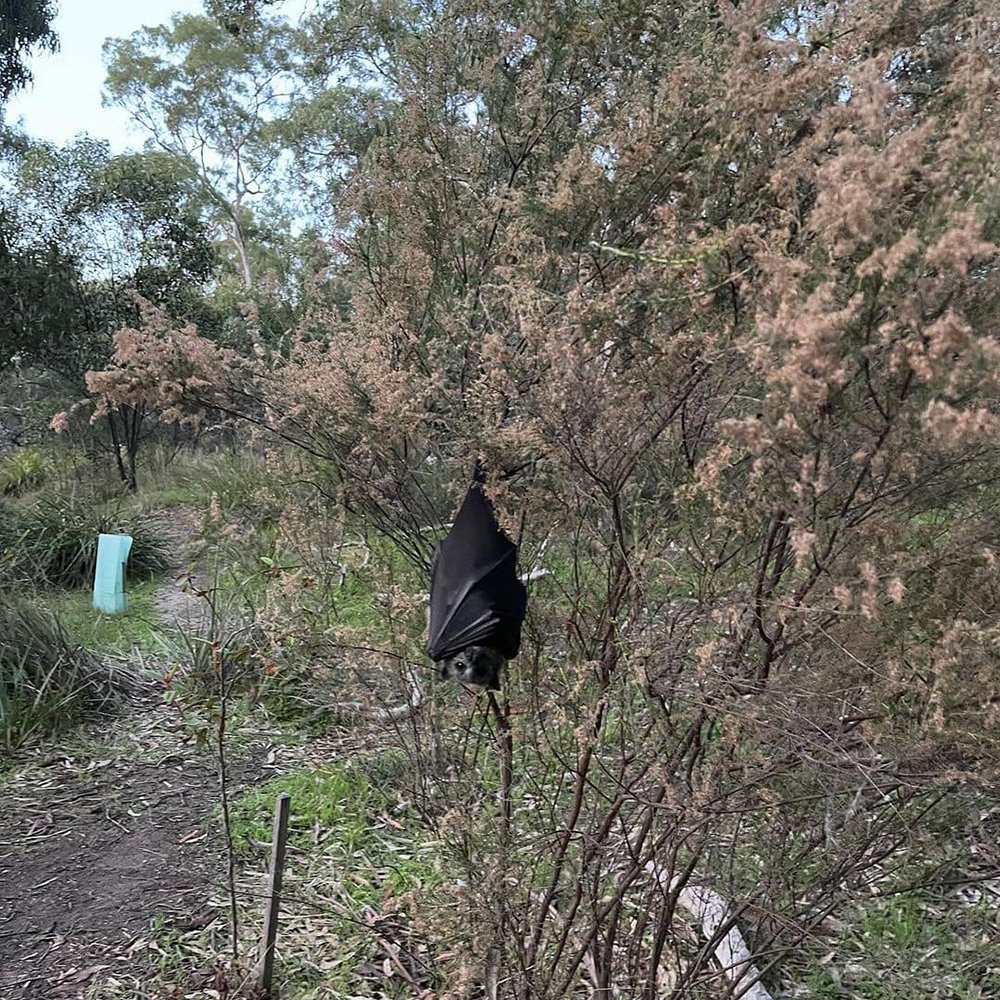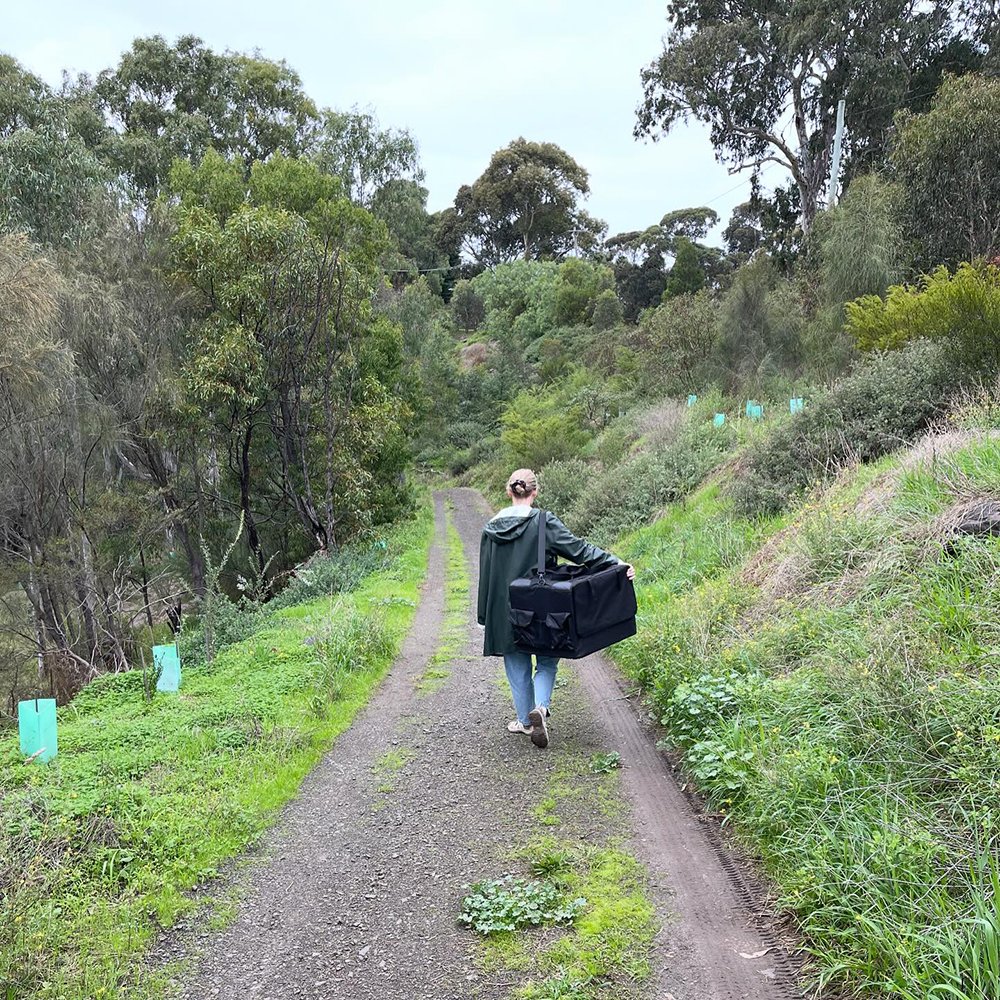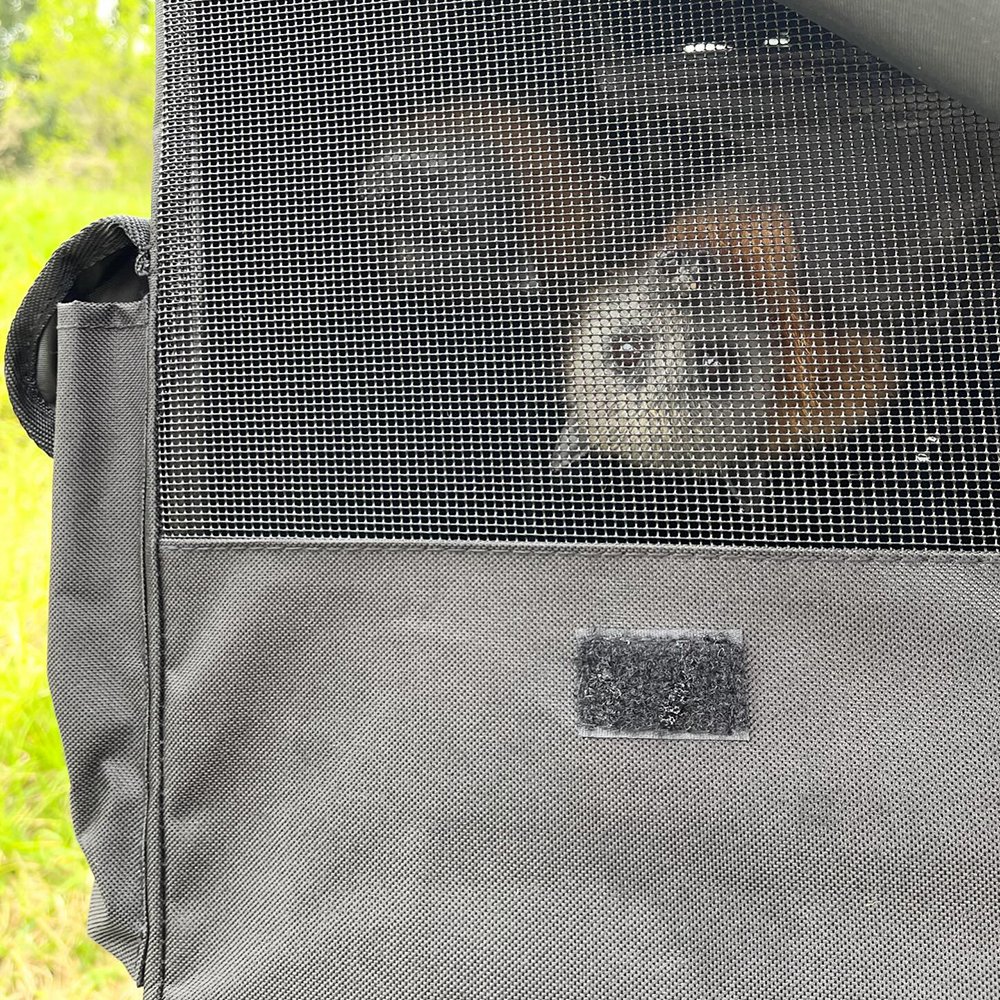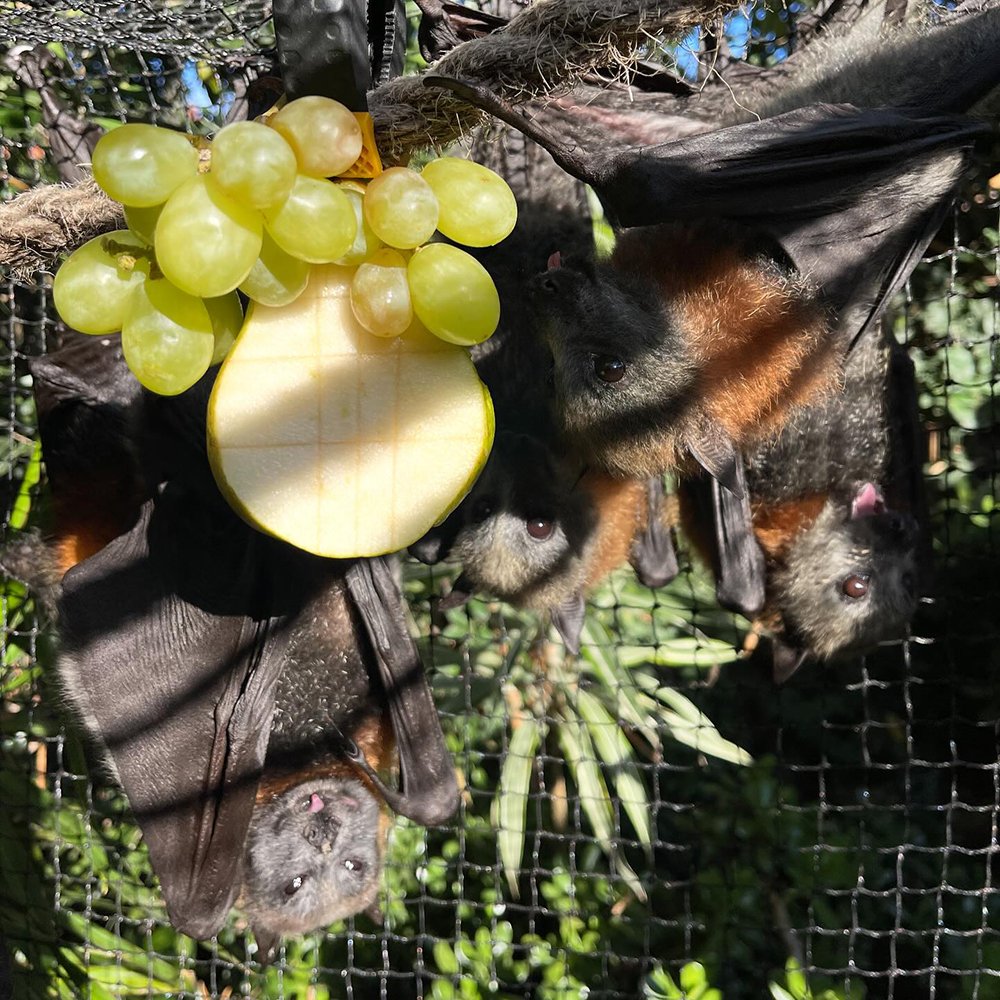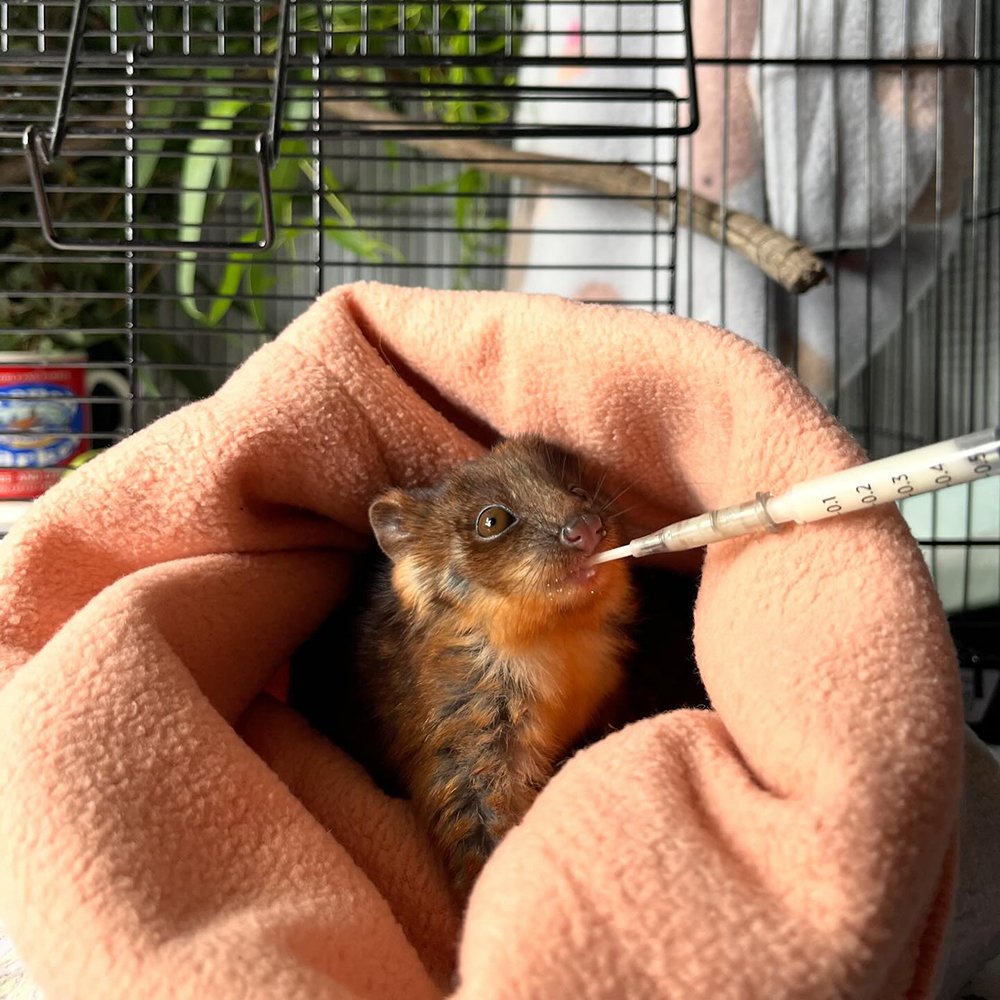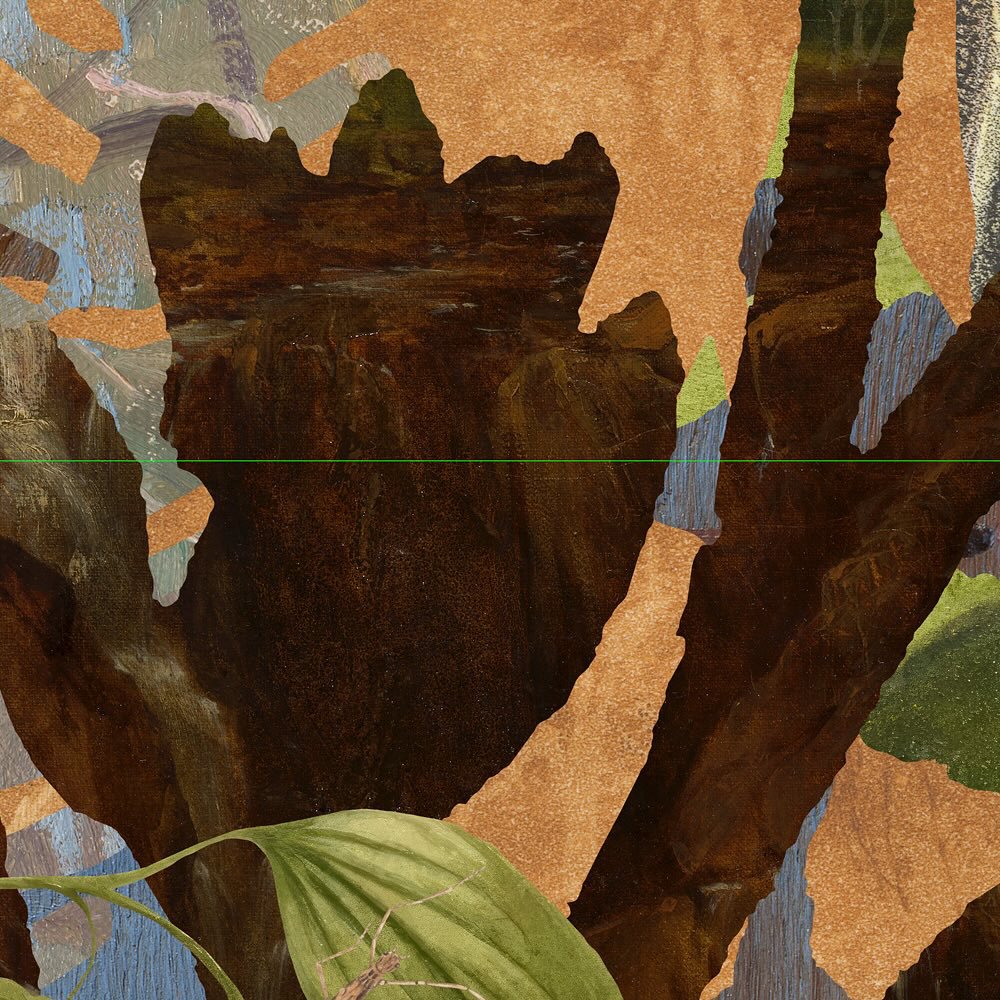Taking form

Three new artists’ books, in the company of wildlife
Gracia Haby & Louise Jennison
Bilateral Symmetry
2024
24 page barn fold, pamphlet stitched, artists’ book, with pop up components and narrative (by Gracia Haby), Indigo Digital CMYK on 160gsm ecoStar + 100% Recycled Uncoated, with cover, Indigo Digital CMYK on 300gsm ecoStar + 100% Recycled Uncoated
Printed by Bambra
Bound by Louise Jennison
Edition of 100
Looking for green, remaining hopeful
2024
9 page concertina, artists’ book, Indigo Digital CMYK on 160gsm ecoStar + 100% Recycled Uncoated, with cover, Indigo Digital CMYK on 300gsm ecoStar + 100% Recycled Uncoated
Printed by Bambra
Edition of 75
Restoring corridors
2024
12 double-sided image panel artists’ book with 5 text pages, inkjet print on Canson Arches 88 310gsm, with accompanying narrative, ‘A good soft release site is a connected site’ (by Gracia Haby), housed in a box with original watercolour cover (by Louise Jennison) on Saunders Waterford Aquarelle 300gsm white hot-press paper
Printed by Arten
Edition of 4
We assemble the proof of Bilateral Symmetry to make sure all the flies, katydids, moths, and crickets line up just so, and find all antennas and wings in place. *exhale*
We place the lid on the base of the box that will house Restoring corridors, and find it, also, fits just so. *exhale*
Cutting, gluing, scoring, pressing, on the working table, as the quartet of joeys, Celeste, Linus, Lute, and Sylvie, slumber deeply between feeds. These will, the books, that is, be ready for the tenth NGV Melbourne Art Book Fair. The joeys, they’ll be spring.
Ever between the Ringtail joeys and Grey-headed flying foxes, work continues apace on our three new artists’ books, Bilateral Symmetry, Looking for green, remaining hopeful, and Restoring corridors, released into the wild, at the Great Hall, at the tail end of the month.
Since coming into care, Martini wasn’t on her lonesome for long. She was joined by three other rescue cases, Monty, in North Coburg (found hanging low on a fence in a park), Mino, in Preston (on a residential balcony), and Iris, a ten-week-old (who was found clinging to the lip of the gutter but a stone’s throw from our home). While at the Wildlife Victoria head office, Iris was X-rayed by @wildlifevictoria vets to check for injuries, and given the all clear (as you can see below, in the magnificent images that reveal the incredible flying skills the Grey-headed flying fox; every part of them is streamlined for flight). Both Martini and Mino were able to join the last soft release for the season, with Monty and Iris ready to follow suit and join the first soft release group in spring; it will be wonderful to see them scamper up the net to the height above, when the time comes.
(Also pictured below, from a recent zip to Ballarat, the colony of visiting Grey-headed flying foxes who were resting in the elms. Their sound was unmistakable, but they’ve looked so different in the full gold foliage of the gardens.)
We bid farewell to Leonard and Virginia, Cricket, Pippy, Sadie, Sherman, Martini, and Mino. To the forests, soar high and free! The nectar awaits! And a world of smells beyond our imaging and understanding. Steer clear of all kinds of fruit tree netting; barbed wire; overhead powerlines; people and their vehicles; dogs, foxes and feral cats too; and live, long, proud wild lives! It is but a wing beat away from you now!
Returning several nights later, it was lovely to see them shake off their human-given names and return to where they belong with a whoosh, whoosh, gone. Perched on a log, at dusk, we waited for the last of the soft release juveniles to make their way to the now-open hatch of the enclosure. By the Birrarung, as edges dissolved and the night shift commenced, we watched the 70-odd juveniles slowly, curiously, playfully, boldly making their way out into the surrounding terrain, and from their, at their leisure, at their figuring, join the thread of the colony, out into the night. A magnificent cap to the season; them, raucous, us, quiet.
We only stayed a little bit, so as to give them plenty of private space to party and be their wild, glorious selves, but it was an incredible privilege to behold, and such a happy moment to see them back where they belong; to wonder what that might feel like, and to wish them nothing but the best. May they have long and safe, wild lives. A monumental 417 Grey-headed flying foxes were released from the soft release enclosure this season. This wouldn’t be possible without the work of so many carers, volunteers, vets, and more. A beautiful culmination of teamwork, of which we are but one small cog.
In Harry Saddler’s recent book, A Clear Flowing Yarra, you, too, can experience a 2022 release.
At Yarra Bend they’re housed in a soft-release shelter where they can continue to build their strength and become accustomed to the presence of the other bats outside the colony. Then, when they’re ready, they’re released.
I was lucky enough to witness the release of a graduate class of young bats in March 2022, when Megan [Davidson, Friends of Bats and Bushcare] and I first met. I joined Megan and her colleagues just before dusk, down by the river, and she unlocked the gat and let me in behind the screened-off fence of the shelter. She and her team prepared trays of fruit, which they placed on the edge of the shelter, and then they opened up the doors. Several bats were hanging upside down from the wire ceiling of the shelter and they started scampering with surprising speed and agility towards the fruit. Megan reminded one of the volunteers to look up before opening or closing the door because bats might be above her, and get accidentally trapped. The bats made for the fruit pieces and pouched them in their mouths, eyes and cheeks bulging with the joy of a quarter of an apple to chew on. Their ears and noses waggled like radar dishes. Then one of them suddenly took off with a whooshing sounds, its wide, leathery wings beating the air just inches from our faces. It flew around the corner, outside but not quite ready to commit to it, and hung from a low tree branch. Then it flew back and hung, instead, from the jumper of one of the volunteers. Megan gently coazxed it off, and it flew back to its branch as other bats emerged from the enclosure. It was controlled chaos, as any release of wild animals inevitably is. You can only control what you can control; the rest is up to the animals.
And I thought, as I watched these extraordinary animals flapping around at the level of my head, closer than I’d ever been to them before: How can you not love bats?
Harry Saddler, ‘Grey-headed flying fox’, A Clear Flowing Yarra (Affirm Press: South Melbourne, 2023), pp. 201–202.
Restoring corridors, of which you can see here in various stages (from upon the screen to printing a proof at Arten and creating the watercolour box), will be a multi-panelled, double-sided artists’ book that forms an interchangeable, reversible 100 x 300 cm slice of biodiversity in flux, when hung on the wall. Housed within this original, hand-painted watercolour box, you can read it as individual, abstract leaves. within the box, Each 50cm X 50cm leaf features a biodiverse habitat, on one side, and a fractured habitat, on the reverse side.
Louise and I invite you, as the reader, to choose: do you actively participate and contribute to biodiversity restoration or allow for habitat to be isolated, further dissected by human pressures[i]? Because all things are connected, you can, piece by leaf, connect and strengthen green corridors to habitat, ensuring biodiversity can flourish. This act of regeneration can be read in multiple states of growing, as wild animals return and pollinators (like the Grey-headed flying fox) thrive. Depending upon where you begin, you can ‘read’ the landscape as a fractured one that you help restore, or as biodiverse landscape that is being made into smaller and smaller islands by human activity.
Excitingly, Restoring corridors has been shortlisted from over 1000 entries for the 2024 National Works on Paper exhibition. And we look forward to sharing these three new artists’ books with you at the fair.
Melbourne Art Book Fair
NGV International
Thursday 23rd of May – Sunday 26th of May, 2024
[i] “Different from habitat loss and habitat degradation, habitat fragmentation occurs when a species’ habitat gets broken into pieces that are no longer connected to each other. …Many common causes of habitat fragmentation are linked to human activity. Building roads, railways, pipelines, farms, housing, cities, and other infrastructure can divide wild areas into pieces. Not only do human settlements physically block animals from reaching parts of their habitat, but they also can use up resources, effectively decreasing the suitable habitat available to these animals. Other human activities that can fragment wildlife habitats include oil and gas exploration, commercial development, and diverting water through technology like dams. For example, freshwater fish face severe limitations when dams are built in rivers. They can completely block their migration routes and cut them off from areas where they once were plentiful.”
‘How Habitat Fragmentation Affects Animals’, International Fund for Animal Welfare (IFAW), 1st April, 2024, https://www.ifaw.org/au/journal/habitat-fragmentation-affects-animals, accessed 2nd April, 2024.
Please note: you need to be a qualified, vaccinated carer to handle bats.
Image credit: Astertreka, Australian Wild Flowers, The Rose Series, Rose Stereograph Co (between 1920 and 1954), negative: glass; 8.8 x 13.8 cm. approximately, State Library Victoria





